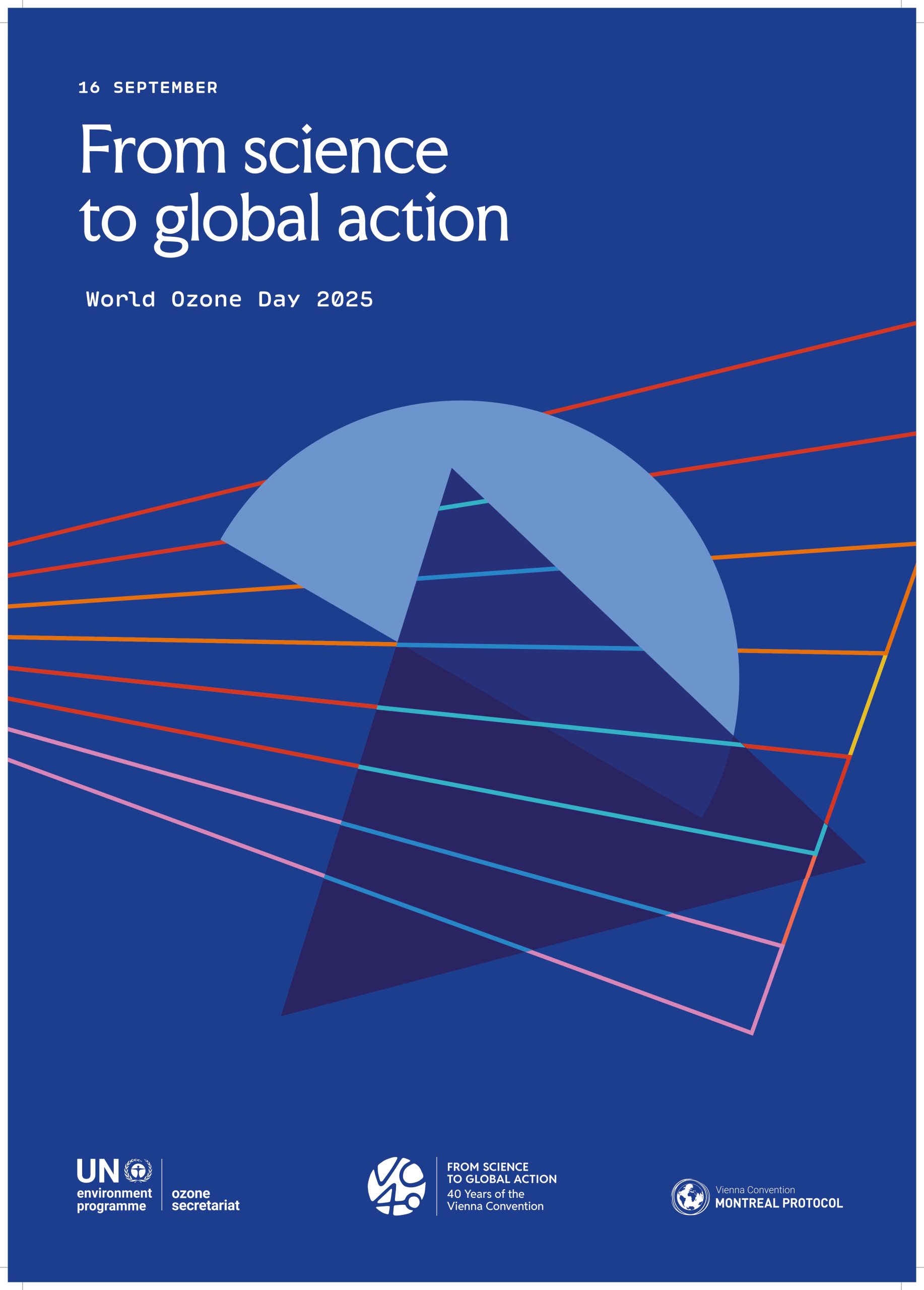International Day for the Preservation of the Ozone Layer
In the late 20th century, scientists warned that the ozone layer, which protects us from harmful ultraviolet radiation, was being destroyed by everyday chemicals, especially chlorofluorocarbons (CFCs) found in aerosols, refrigerants, and insulating foams. The threat was real: more radiation meant higher rates of skin cancer, crop damage, and disruptions to marine ecosystems.
The international response began, 40 years ago, with the Vienna Convention for the Protection of the Ozone Layer (1985). This groundbreaking treaty established a framework for scientific collaboration and information sharing among countries, allowing the global community to study the effects of ozone-depleting substances and coordinate their actions. While the Vienna Convention did not impose binding reduction targets, it laid the foundation for decisive international action.
Two years later, the Montreal Protocol (1987) was signed, setting concrete goals for the gradual elimination of CFCs and other ozone-depleting chemicals. Over time, nearly every nation joined, making it one of the most universal and successful environmental agreements in history. Its success rested on several factors: solid scientific evidence, cooperation among governments, pressure from civil society, and the commitment of industry to develop alternative technologies. Financial mechanisms were also established to help developing countries meet the targets, proving that environmental justice and mutual support can go hand in hand.
The results speak for themselves. The ozone layer is steadily recovering, and if the protocol continues to be observed, it is expected to return to 1980 levels by the middle of this century. This progress not only reduces harmful radiation but also helps mitigate climate change, as many of the banned substances were powerful greenhouse gases.
The story of the ozone layer demonstrates that global environmental challenges can be addressed when science, policy, and society work together. Early action, international cooperation, and technological innovation prove to be powerful tools. At a time when climate change demands equally decisive measures, the Vienna Convention and the Montreal Protocol stand as a successful action that environmental damage can be reversed when there is collective will.
Editor of Daily 27.
Predoctoral researcher at the Department of Sociology in University of Barcelona.


